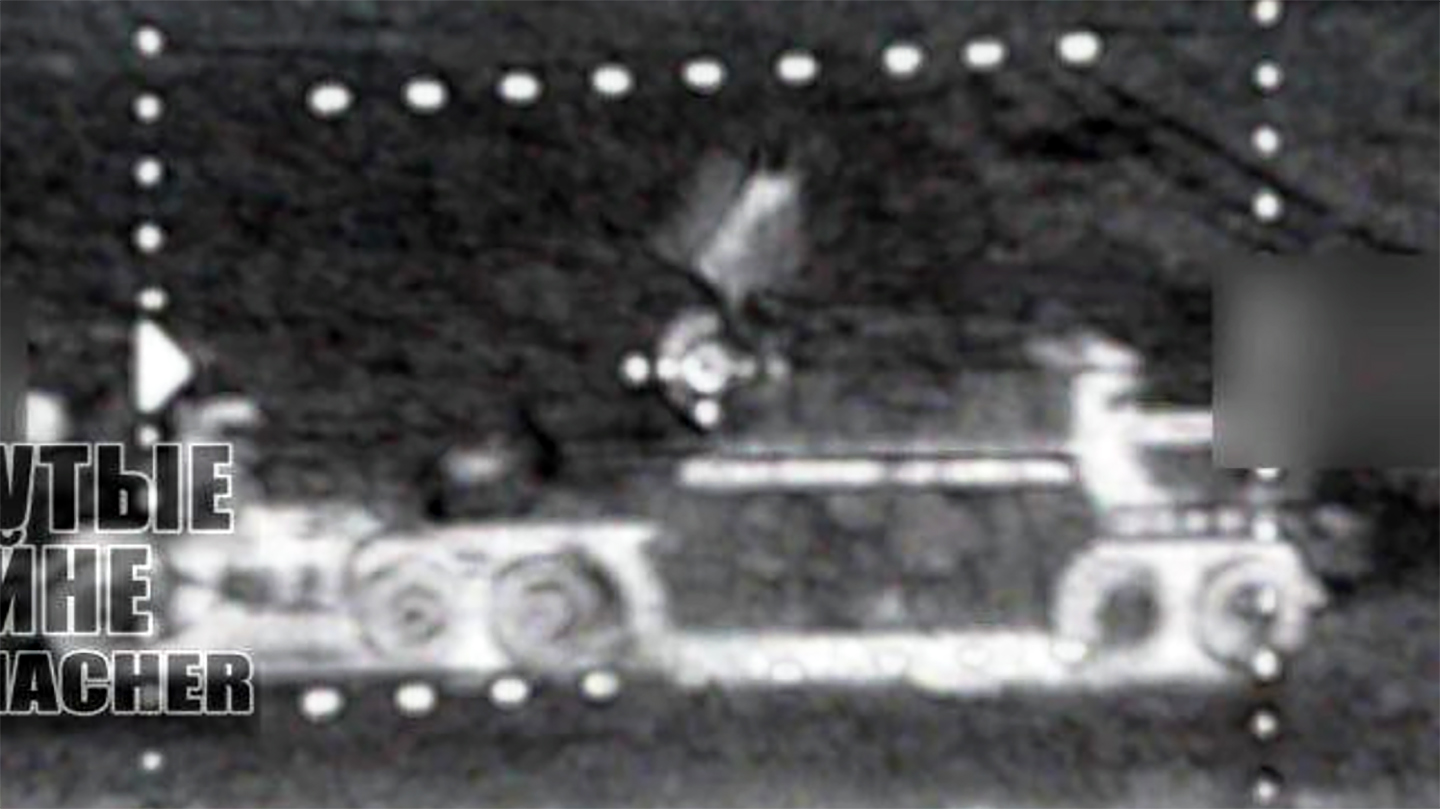A North Korean-made mobile surface-to-air missile system has appeared for the first time in the Ukraine conflict. While the official name of the air defense system remains unknown, it’s among the latest examples of Pyongyang’s military assistance for Moscow’s war. Ironically, however, its presence in the fighting was disclosed by a video shared by Russian military bloggers, showing it being attacked by a Russian drone, in an apparent ‘blue on blue’ friendly fire mishap.
The video in question seems to have first been published on Telegram by the Russian channel Povernutye na Voynie, which described the footage as showing a Russian drone strike on “a Western-supplied air defense radar system” in Ukrainian service. The system was claimed to be destroyed and, while this cannot be confirmed, a large pall of smoke can be seen rising after the engagement.
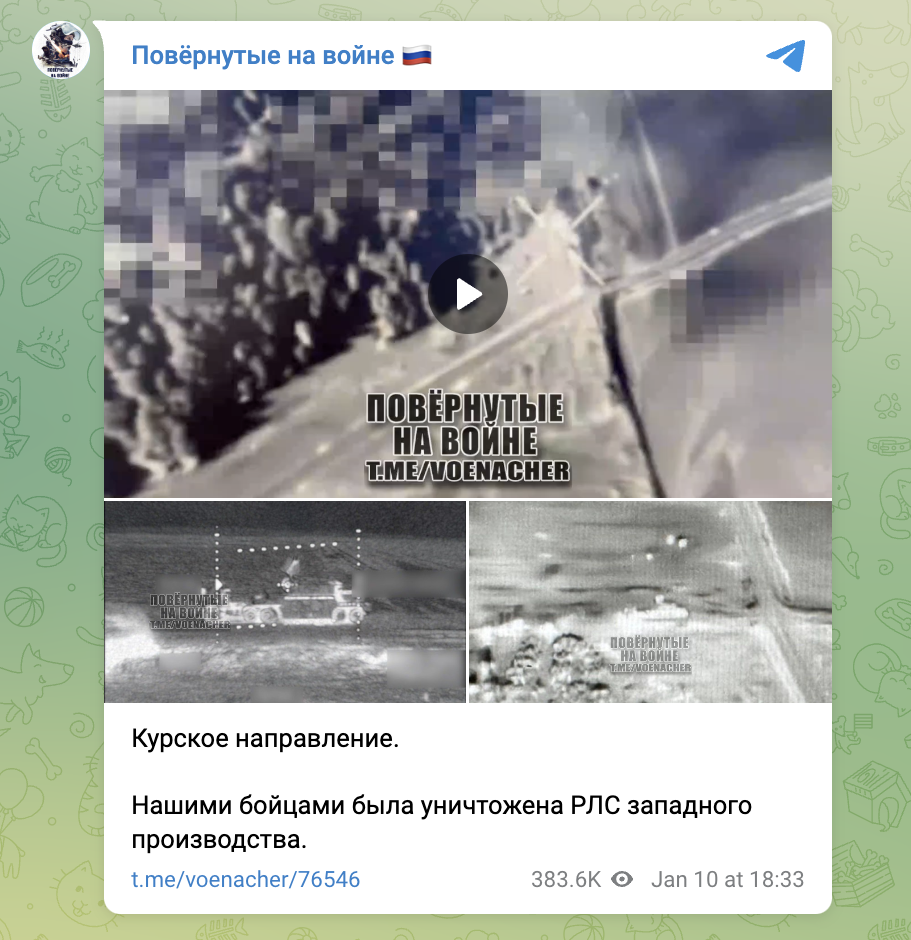
The same source claims that the incident took place in the Kursk region of Western Russia, where a Ukrainian campaign has been underway since last August and where Kyiv launched a new offensive just last week.
However, analysis of the available imagery indicates the target is in fact the same type of North Korean mobile surface-to-air missile system that first appeared in a major military parade in Pyongyang in October 2020, as you can read about here.
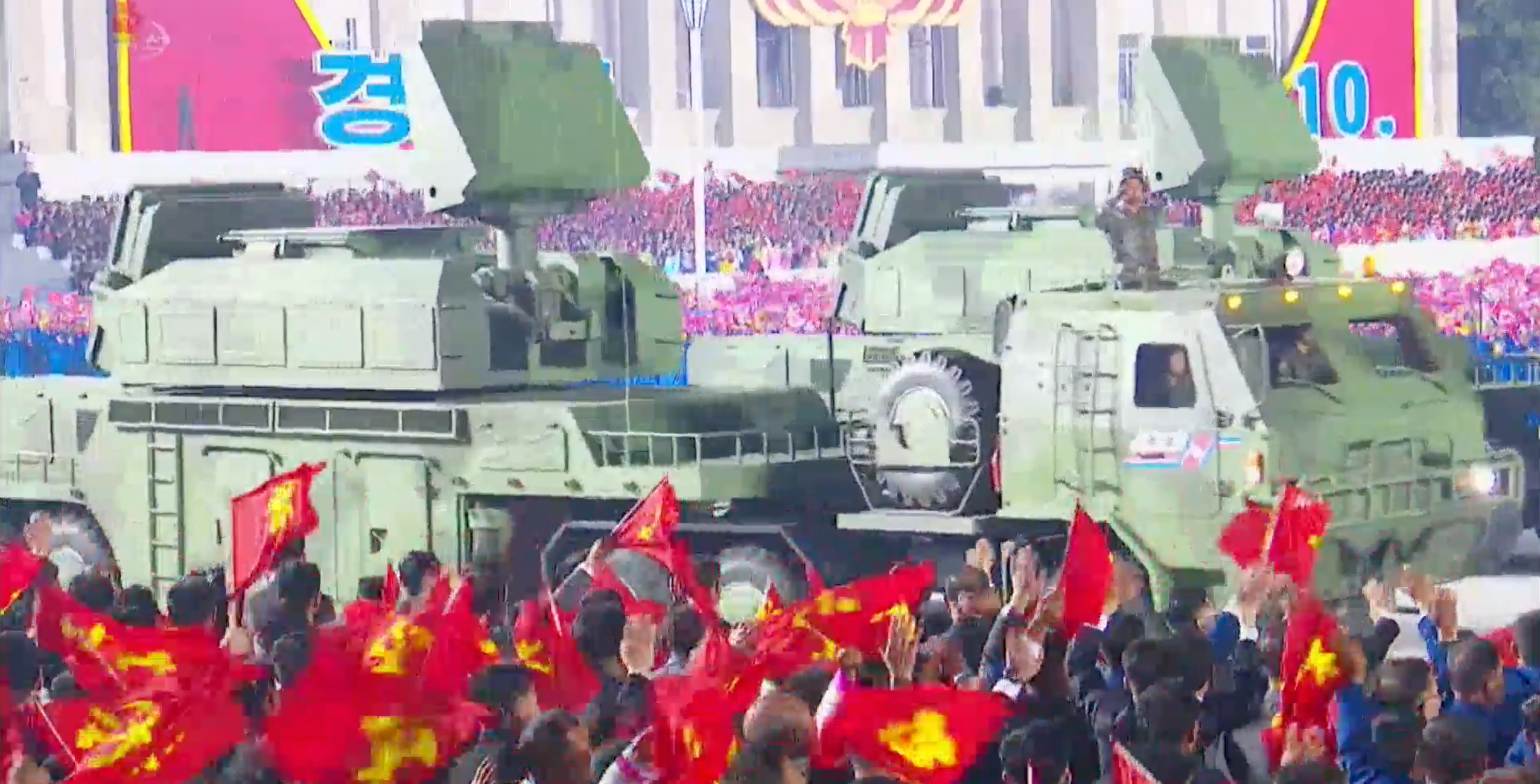
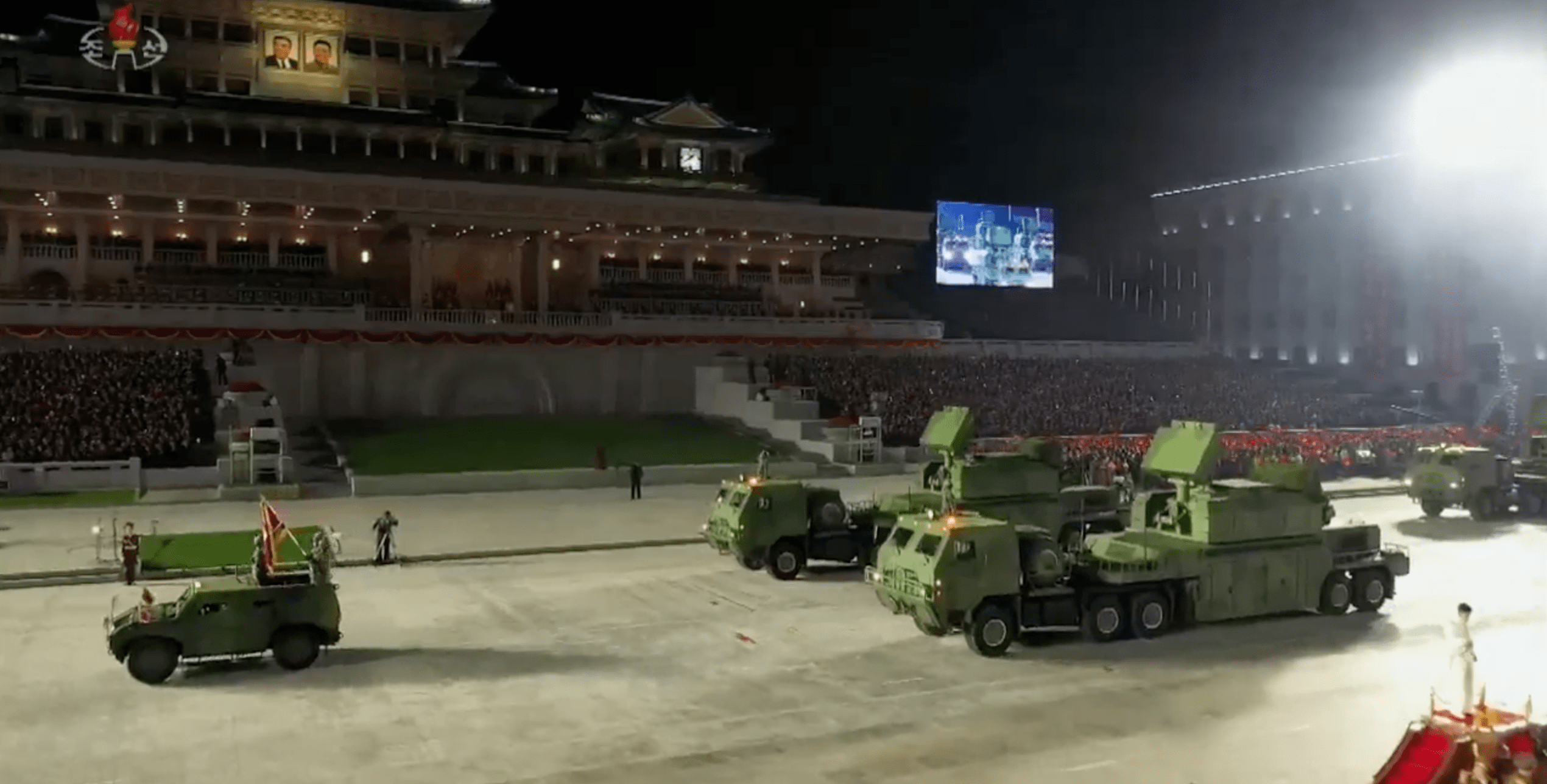
The North Korean system is thought to be broadly analogous to the Russian Tor (SA-15 Gauntlet) low-to medium-altitude, short-range air defense system (SHORADS), a piece of equipment that is in widespread Russian service, with much smaller numbers in Ukrainian use.
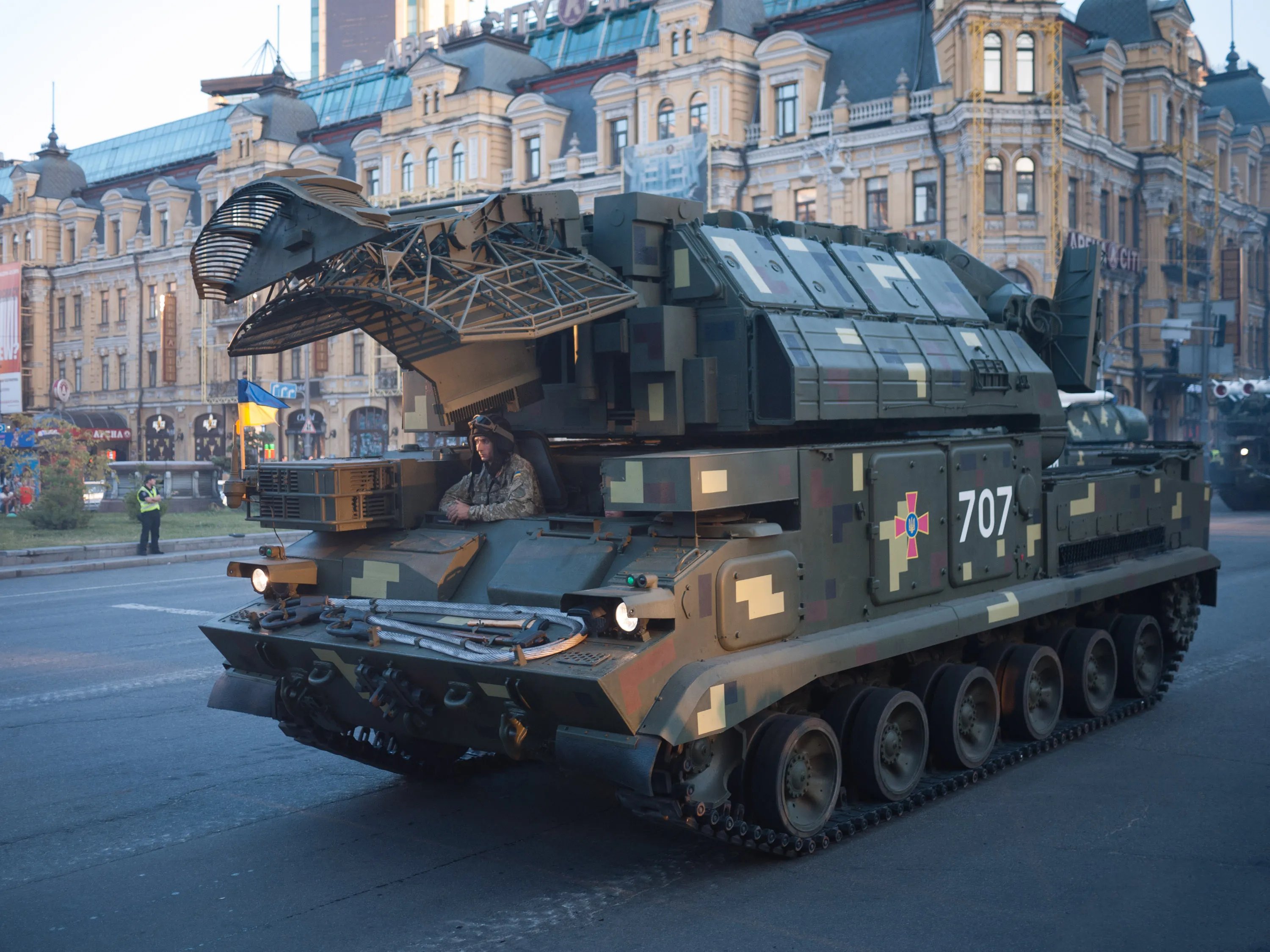
In terms of appearance, the North Korean system has some similarities with the wheeled Tor-M2K version developed in Belarus by the MZKT company, although the North Korean vehicle has five axles, rather than three. In the North Korean system, the missile module, complete with radar, is carried in the center of a semi-trailer.
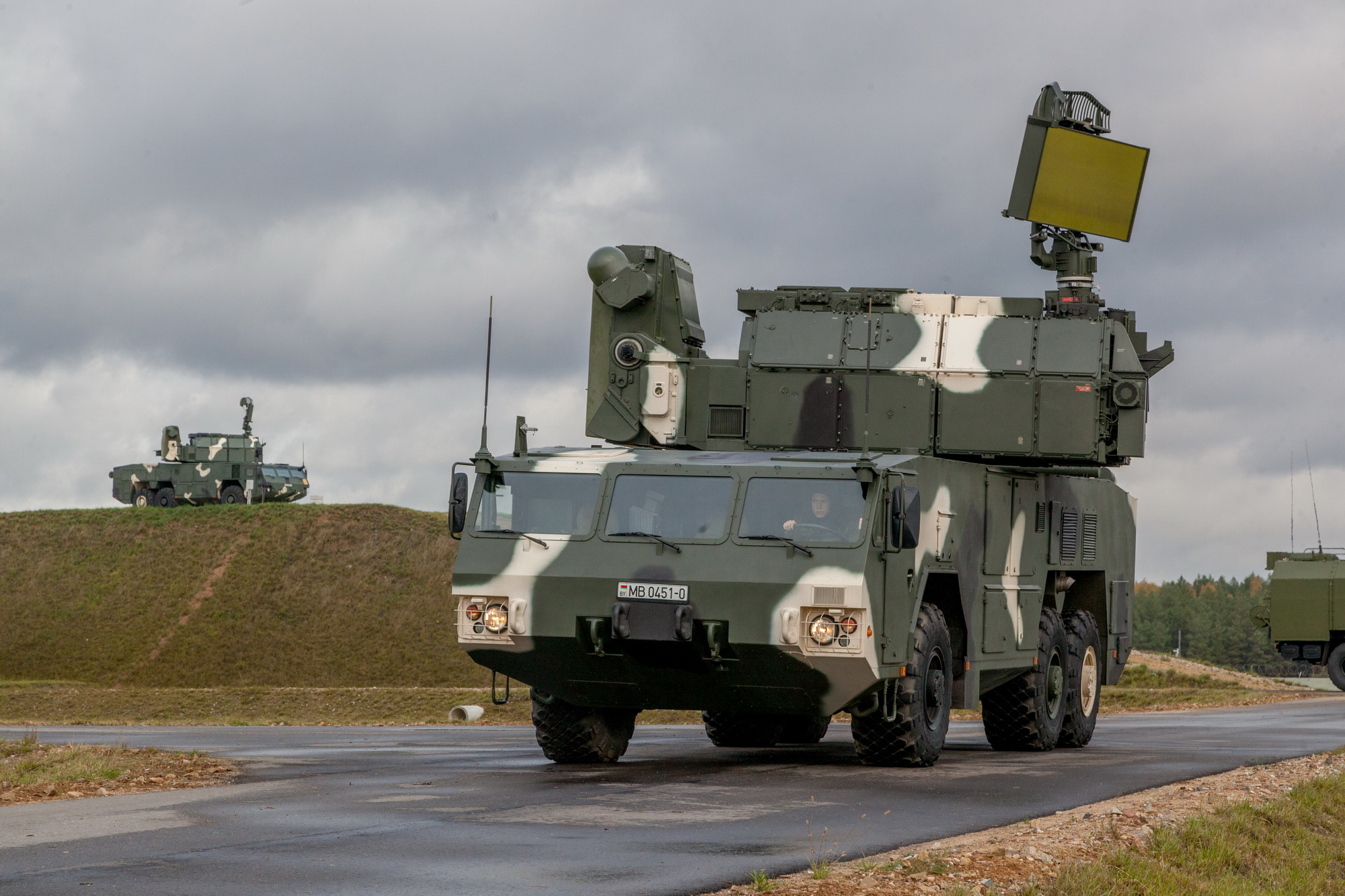
Ukraine only employs the tracked 9K330 version of the Tor, in very small numbers. So far, Russian units in the Ukraine war have also only been noted using tracked versions of the Tor, including the improved 9K331 Tor-M1 and the 9K332 Tor-M2, and subvariants of these, all of which also are mounted on a tracked chassis.
This suggests Russian drone operators who attacked the vehicle likely also assessed that it was a Western-supplied air defense radar system, based on its unfamiliarity, and perhaps were also unaware of the North Korea-made system being deployed in the area. Regardless, friendly fire incidents are by no means uncommon in the war in Ukraine.
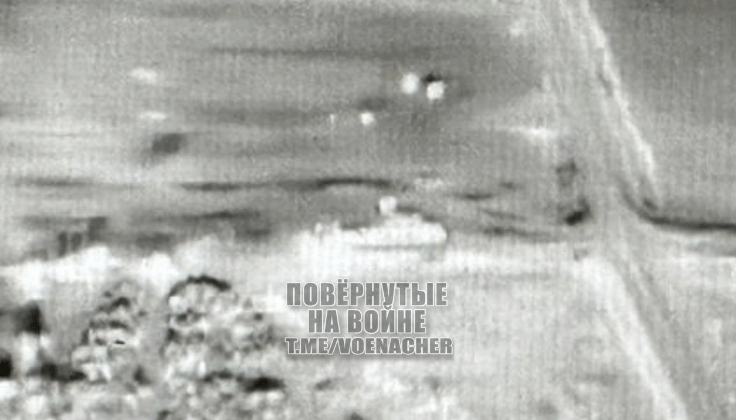
Aside from the manner in which its presence was revealed, the appearance of the North Korean air defense system in the conflict is notable.
First, it’s indicative of additional and more varied types of North Korean heavy weapons entering the fighting.
There are several reasons why the system might have been used in the fighting in the Kursk region.
It could be in Kursk for use by Pyongyang’s own forces, providing an organic air defense capability that they otherwise badly lack. The Ukrainian Air Force has been known to be very active over the Kursk region, including attacking ground targets with Western-provided standoff air-launched munitions. Given the extensive employment of North Korean troops in the Kursk counteroffensive, the system appearing here is also not entirely surprising.
There is also the possibility that Russia is using the system to bolster its own air defense capabilities. If that were the case it would suggest that Moscow has a particular need for these types of weapons, reflecting the fact that it has taken heavy losses in terms of this type of equipment and is struggling to make good attrition, or at least to replace equipment in a timely fashion. The ability of Russia to produce required quantities of especially higher-end military equipment is something that has been repeatedly questioned since the start of the full-scale invasion of Ukraine, amid the strict sanctions that are now in place.
Since it’s a relatively new system, the North Korean SHORADS could possibly have been involved in some kind of combat evaluation, to test its capabilities and further improve it. Operational trials of this kind could also have been run in conjunction with Russia, with a view to potentially procure it for themselves.
“There should be no doubt left in the world that the Russian Army is dependent on military assistance from North Korea,” Ukrainian President Volodymyr Zelensky wrote in a recent post on social media, which also pointed to the capture of North Korean troops by the Ukrainian Armed Forces. Zelensky offered to hand over these soldiers in exchange for Ukrainian prisoners of war held by Russia.
Aside from the thousands of troops North Korea has now committed to the conflict, especially in the Kursk region, North Korea has already supplied Russia with huge amounts of weaponry, including badly needed artillery rounds and various kinds of other ammunition, amounting to millions of individual projectiles.
Late last year, the South Korean National Intelligence Service (NIS), drawing upon intelligence provided by the Ukrainian Defense Intelligence Directorate (GUR), listed North Korean weapons collected from the battlefield, including “122mm and 152mm shells, Bulsae-4 anti-tank missiles, short-range ballistic missiles such as the KN-23, and RPG anti-tank rockets.”
Since then, TWZ has also reported on the appearance of North Korean 170mm M1989 Koksan self-propelled artillery pieces being deployed in the Ukraine war. Again, it’s not clear if these are being used exclusively by North Korean troops or whether they have been supplied to Russia.
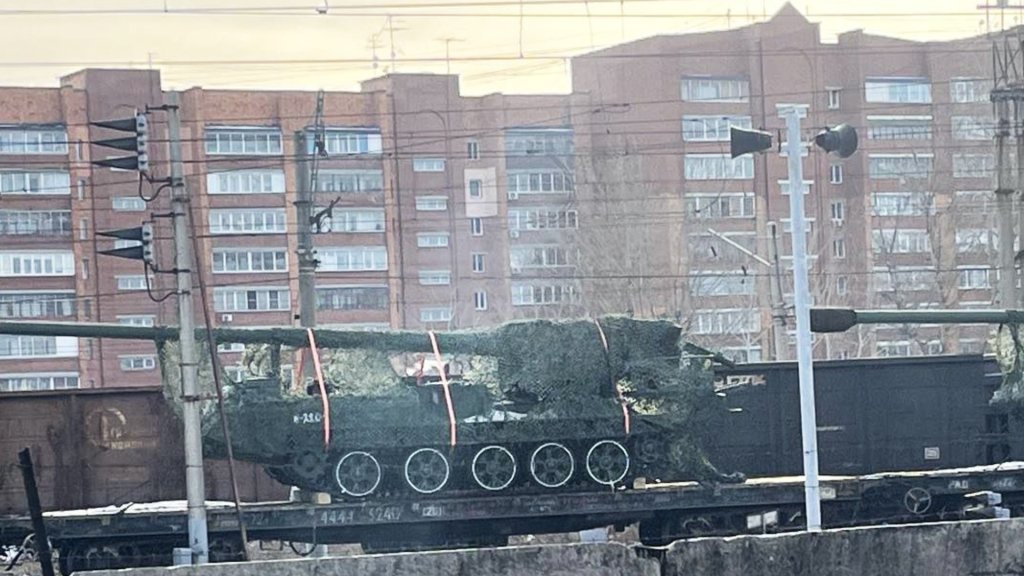
Russian ground-based air defense technologies are far in advance of those that North Korea has developed, with point defense, especially, being one of Pyongyang’s weakest military capability sets. As a whole, however, North Korea has made some important strides in ground-based air defenses in recent years, although the longer-range KN-06 surface-to-air missile system has been the main focus of its efforts.

At the same time, the burgeoning military relationship between the countries has led to reports of Russia providing North Korea with some of its own high-end, ground-based air defense systems, as you can read about here.
Considering that, it might be surprising if Pyongyang has supplied Moscow with SHORADS from its own stocks, but it remains a possibility.
Whatever the case, as long as this cooperation continues, the likelihood of North Korea benefiting from Russian weapons and expertise also increases. As well as suggestions that Pyongyang might receive new Russian combat aircraft to overhaul its seriously outdated air force, and there have also been concerns that Moscow might provide it with technologies to help accelerate its nuclear and long-range ballistic missile programs.
All told, however, the appearance of a previously unseen North Korean surface-to-air missile system in the conflict underscores the fact that North Korea is becoming ever more entrenched in the conflict.
Contact the author: thomas@thewarzone.com
